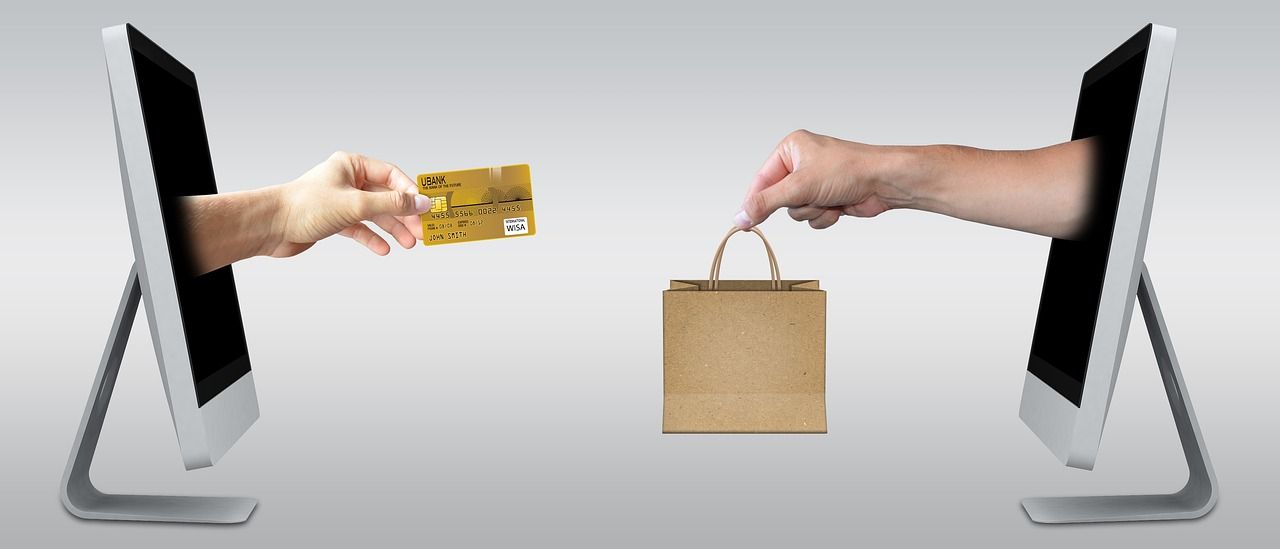Exploring 3 Payment Models of SaaS Plans: Freemium, Free Trial, and Reverse Trial
If you are in the Software as a Service or SaaS field, you must know the significant Payment models. In this article, we will help you explore the three common SaaS payment mechanisms: freemium, free trials, and reverse trials.

With freemium, users are lured in with a simple version while paying for premium benefits. Free Trial gives prospective clients a fully functional, time-limited experience to test the product out before buying. Reverse Trial, on the other hand, enables consumers to take advantage of the complete product during the trial period before selecting a restricted free version or subscribing to obtain continuous access.
Freemium Model
Everyone likes a free trial, and this payment model provides the same. Freemium is the payment model prevalently used by the SaaS platforms. This model offers a free, limited version of a product or service. This method attracts users and broadens your user base by showcasing your actual value.
The limited free version of a premium is an effective marketing tool. It lets your users explore the platform and learn about its functions. As users become familiar with the product's benefits, they are likelier to choose the paid, premium version to enjoy the advanced features.
Freemium is gaining popularity by allowing businesses to grow their conversion rate while allowing users to try out the product before committing to a paid plan.
Benefits of using Freemium Payment Model
The below-mentioned points are some of the key benefits of the Freemium payment model:
User Acquisition and Lead Generation:
Freemium allows your business to acquire a large user base quickly. Offering a free version of the product encourages more users to sign up and try the service. This gradually leads to increased brand awareness and its potential for word-of-mouth referrals.
Product Sampling and Engagement:
With the free version of your product, the users can try the product's features and experience its value without paying. This can build trust and demonstrate the benefits of upgrading to a premium plan for additional functionalities.
Customer Conversion and Upselling:

Freemium makes an easier path for your customers' natural upgradation. Once your users have incorporated the product into their workflow, they are more likely to see the value in upgrading. Hence they will upgrade to access advanced features or remove the remaining usage restrictions.
Flexibility and Personalization:
Freemium offers a variety of categorical prices and plan options. Thus allowing your customers to choose the plan of service that meets their needs and budget. This flexibility in choice enhances customer satisfaction, as your users can tailor their experience according to their requirements.
Market Testing and Feedback:
Market testing and working on feedback are highly crucial for improvement. The free trial product or service allows businesses to introduce new features and make data-driven improvements based on user feedback. This continuous process leads to a more refined and market-driven product.
Competitive Advantage:
In a competitive market like today, providing a Freemium model can be a practical advantage. It can easily distinguish your product or service from competitors and act as a compelling choice for users to choose one service over another.
Free Trial Model
The Free Trial payment model is a marketing strategy that various businesses use to offer their potential customers temporary and unrestricted access to their product or service. This offer usually lasts for about a week or twice and sometimes even a month. Using these free trials allows your users to explore your product's or service's features and functions without any financial commitment at once.
This hands-on experience will let your customers understand the product's value and suitability. Free trials effectively drive user engagement, attract potential customers, and convert them into paying subscribers or users. These features provide businesses with an opportunity to showcase their offerings and build confidence in their products.
Benefits of using Free Trial Payment Model
Free trials offer several significant benefits for both businesses and potential customers:
Product Evaluation:
Product evaluation is essential for any product or service, and the free trial payment model allows potential customers to try them out before committing to a purchase.

This hands-on experience will let your users understand the product's features, utility, and suitability for their requirements. Thus, leading to more informed buying decisions and potential customers.
Customer Engagement:
Customer engagement can increase the chances of the users experiencing the value and benefits of your products or services. Providing a free trial of your service will make the leads more interested in converting to be paying customers.
Reduced Risk:
A customer trying out a new service after paying money without understanding its features and utility is quite a risk. Giving your customers a chance to try out your product first for free and then letting them choose is the best option. Employing this payment model will immediately affect your conversion rates.
Competitive Advantage:
In today’s highly competitive market, providing your customers with the option of free trial will differentiate your business from the competitors. This free trial model will improve your process of showcasing your product’s or service’s benefits and features.
Customer Feedback:
Employing a free trial model in your business will enable you to take customer feedback effectively. Thus, improvising your business will become more accessible, and you can be inventive with features and aspects.
Upselling Opportunities:
Upselling is a recent phenomenon or technique businesses use to sell expensive products. During the free trial period, you can introduce your consumers to the products' premium features and the benefits they are missing.
Lead Generation:
Lead Generation is essential to running a business, and free trials are the most effective way to generate leads. In a business, getting lots of users in the beginning, is difficult, but you might acquire several leads which may become potential consumers later.
User Onboarding:
Employing a Free trial payment model in your business can help you guide your users through their onboarding process. To smoothen up your user onboarding and get your users accustomed to the product and service’s features free trial is essential.
Reverse Trial Model
Reverse trial, commonly referred to as a money-back guarantee, is a customer-centric marketing strategy where businesses provide disappointed clients with a full or partial return within a set time frame. Customers pay up ahead but have the option of getting a refund if they are unhappy with the goods or service, unlike traditional free trials.
By lowering the perceived risk, this tactic gives potential customers more confidence to buy. Reverse trials show how dedicated a business is to its customers' needs and the quality of its products, which frequently results in increased customer retention rates and brand loyalty. It promotes a feeling of trust, which may be a strong motivator for sales and helpful word-of-mouth recommendations.
Benefits of Employing the Reverse Trial Payment Model
Here are some benefits of employing the Reverse Trial Payment Model:
Higher Quality Leads:
Since customers have already paid for the trial, businesses attract more serious and committed leads. The Reverse Trial filters out casual or disengaged users who may sign up for a traditional free trial without genuine interest in the product.
Improved Conversion Rates:
While the upfront payment may seem counterintuitive, the Reverse Trial can lead to higher conversion rates. Customers who have already invested financially in the product are more motivated to continue using it beyond the trial period.
Enhanced Product Focus:
The Reverse Trial encourages businesses to provide a compelling and valuable trial experience. To justify the upfront payment, companies often focus on delivering a feature-rich and engaging trial, which benefits customers.
Customer Feedback and Iteration:

he Reverse Trial incentivizes businesses to gather customer feedback during the trial period actively. This feedback can be used to make improvements, ensuring that the product meets customer needs and expectations.
Brand Trust and Credibility:
The Reverse Trial model showcases a level of confidence in the product's value and efficacy. This can build trust and credibility with potential customers, as they see the business is confident in its offerings.
Market Differentiation:
The Reverse Trial stands out as a unique and attention-grabbing pricing strategy. It can differentiate a business from competitors and generate buzz and interest in the market.
Conclusion
In order to accommodate a range of consumer preferences, SaaS providers can choose from a number of payment structures. Free Trial provides momentary unfettered access to highlight value prior to purchase, Freemium entices consumers with a free version while providing premium upgrades, and the ground-breaking Reverse Trial concept flips the conventional trial strategy.
The best payment option should be chosen based on the product, target market, and business goals, since each provides distinct benefits for boosting customer acquisition, engagement, and long-term revenue growth.
How much is a great User Experience worth to you?
Browsee helps you understand your user's behaviour on your site. It's the next best thing to talking to them.


